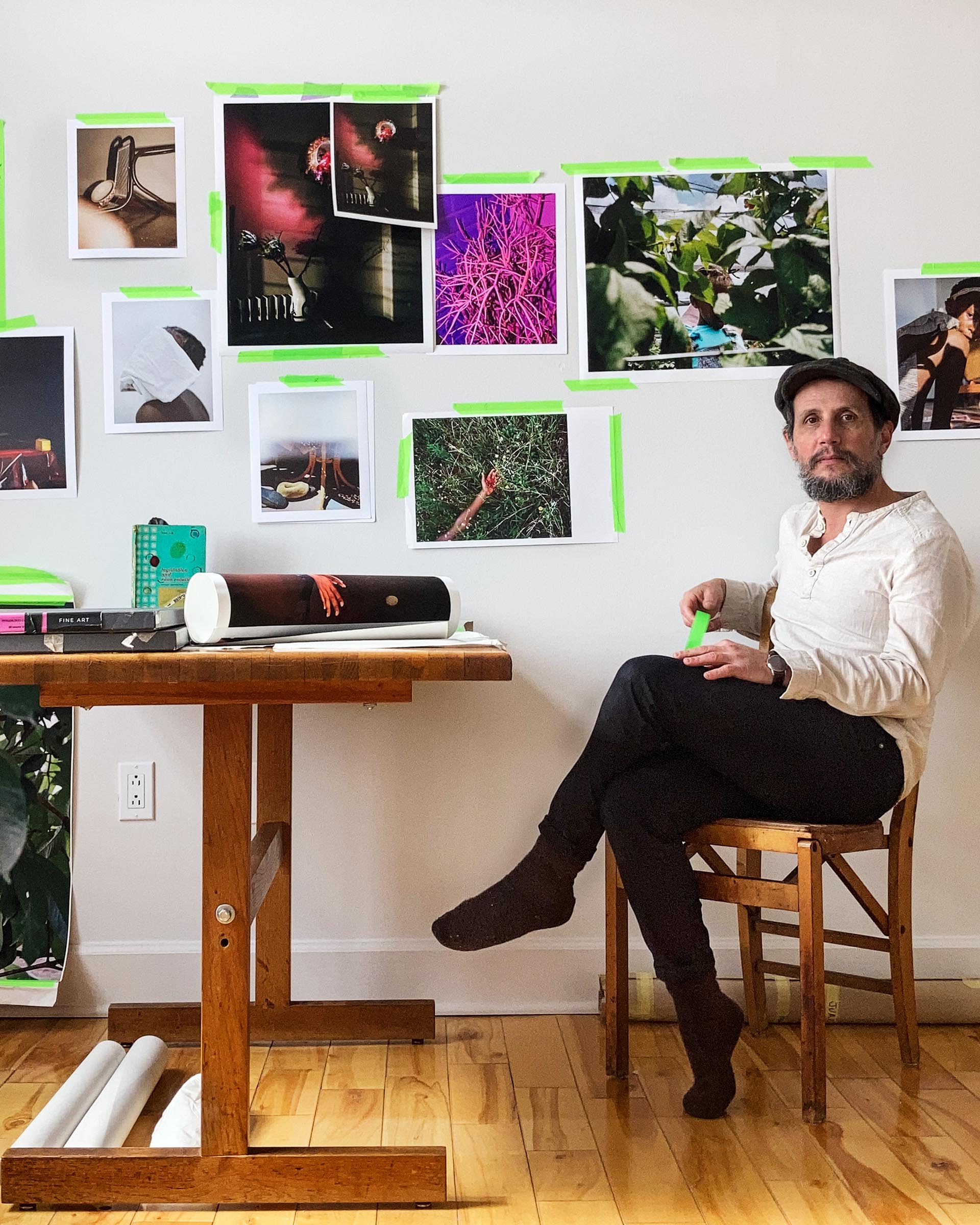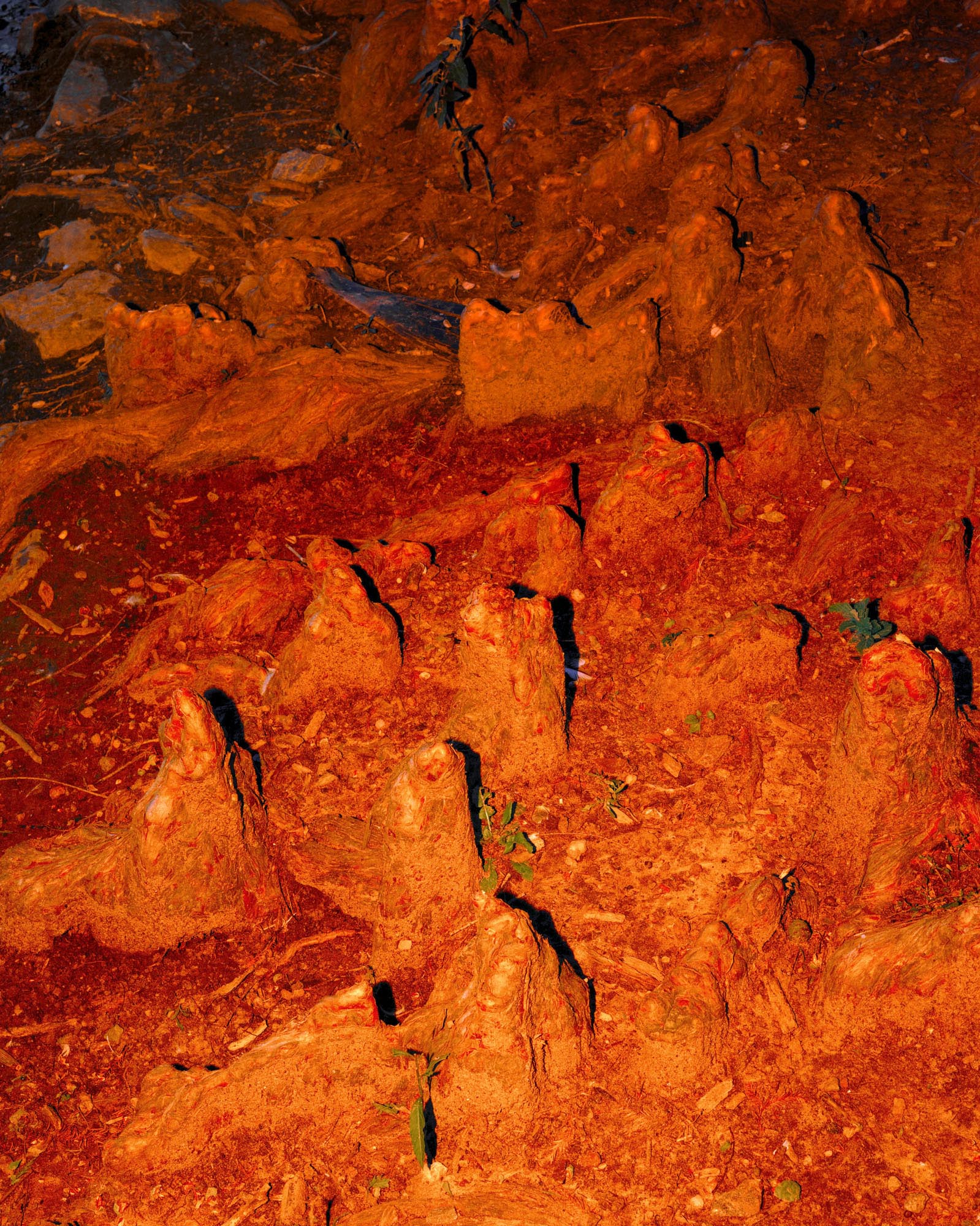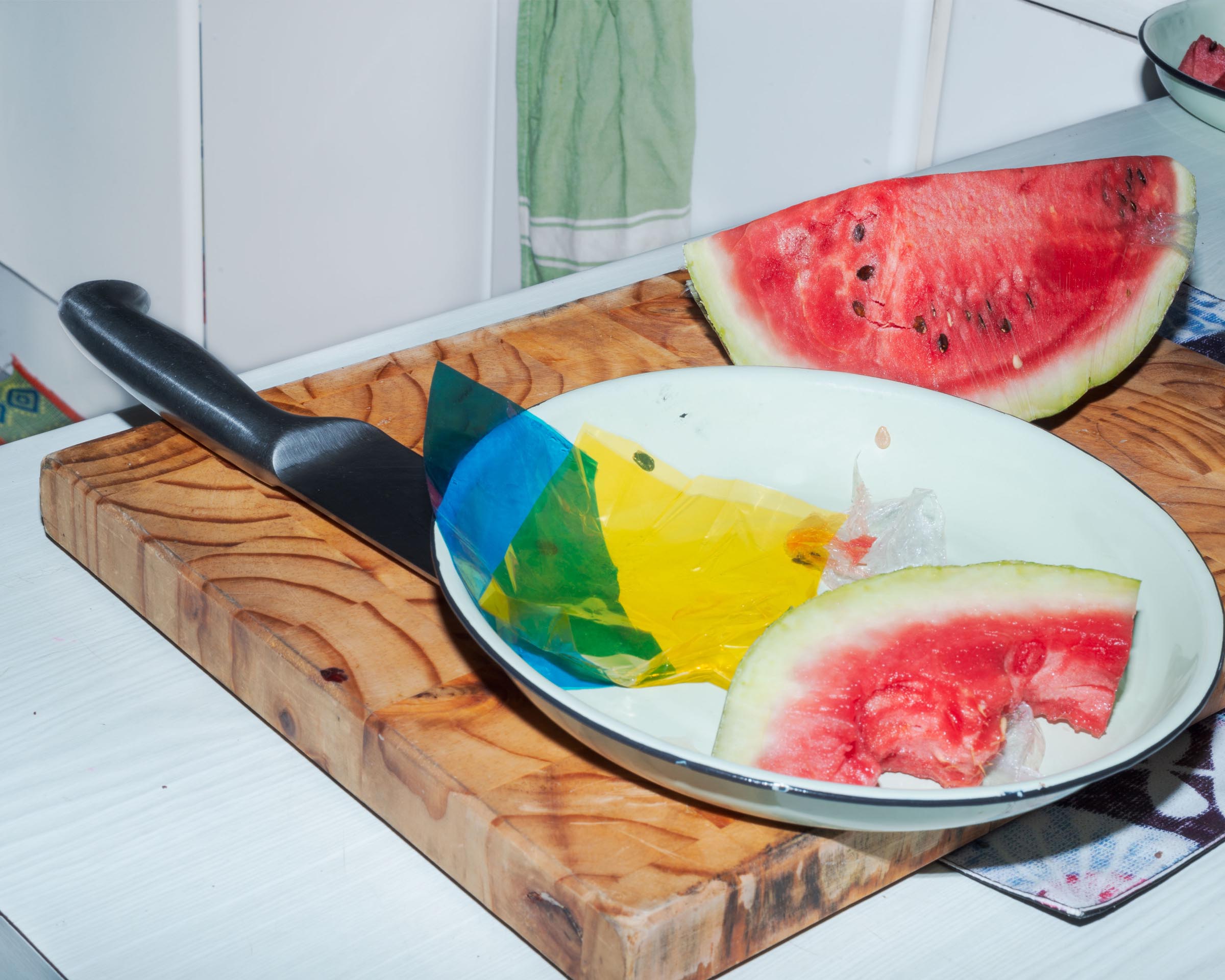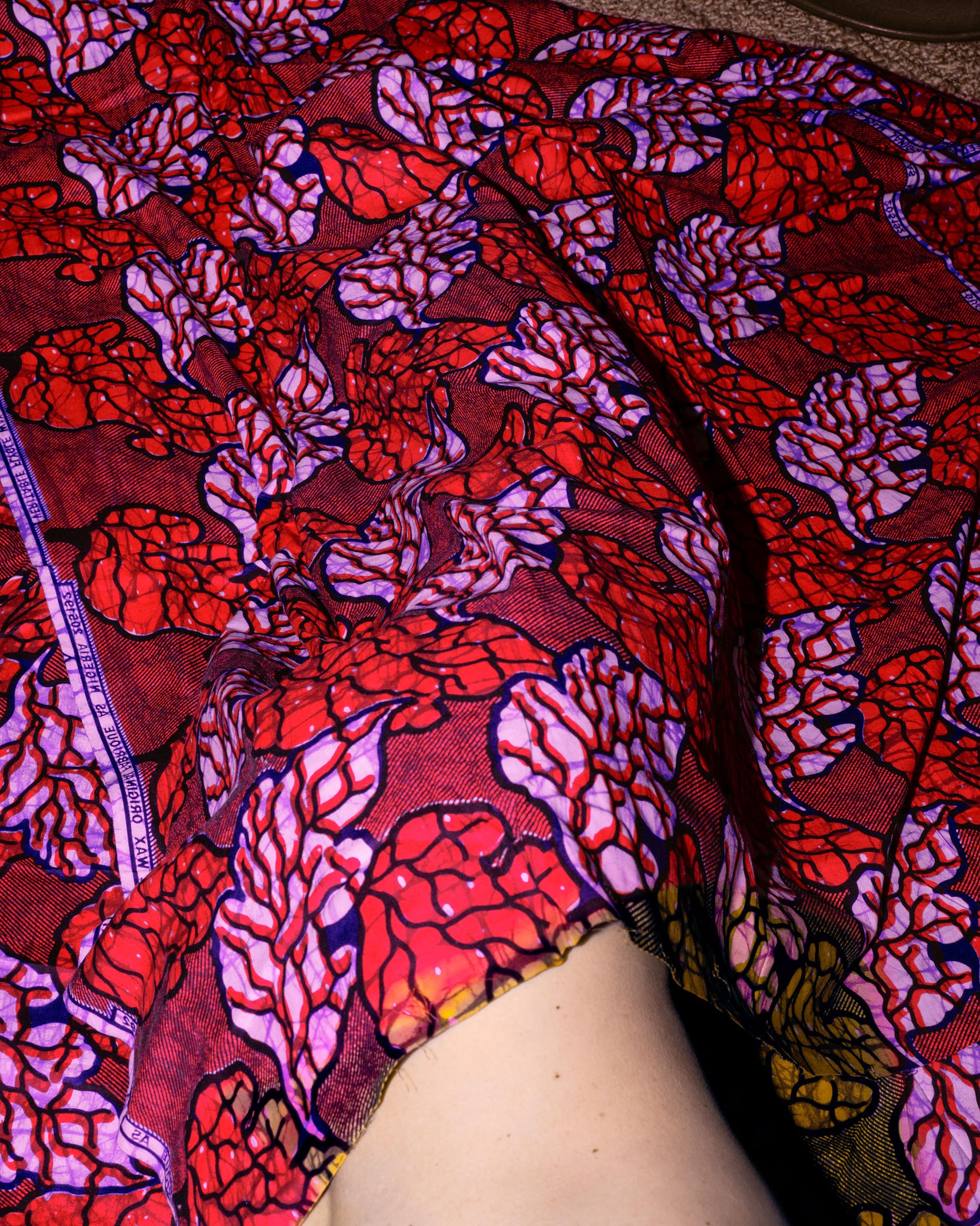How did you get into making art?
I have a winding road into photography that started in anthropology, where I began to combine an interest in storytelling with critical approaches to social structures and histories, as well as images. But the discipline felt restricted in terms of form, audience, and the expressive. This led me to try with what some would call experimental documentary, which I engaged as a multimedia approach for a little while, until I just embraced what I felt most comfortable with which was photography.
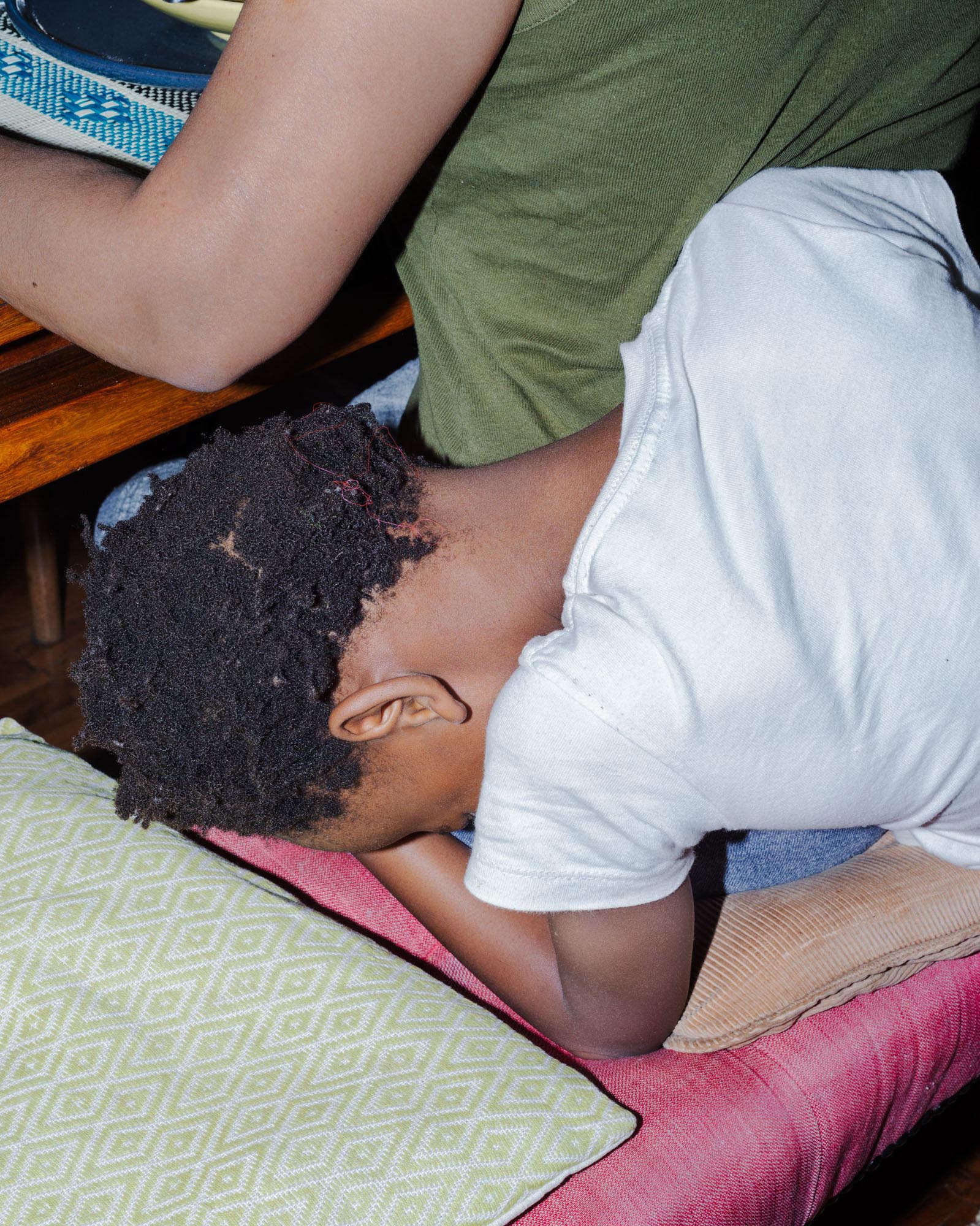
What are you currently working on?
For a while now I have been engaged with ideas and histories of looking and being seen, and also embracing the notion and experience of dislocation. Last year I began a series that relies on rephotographing and collage as strategies to unsettle the white male gaze and its relation to traditional forms of masculinity within the historical context of my youth in Colombia as well as my life in South Africa. This is opening up to new work that follows this ongoing search for ways of unsettling images in relation to questions of representation and history, which I am addressing through an inward look at patriarchy in relation to color, decay, vulnerability and dislocation.
I am fascinated by the artistic possibilities of upsetting images as both concept and form.
Juan Orrantia
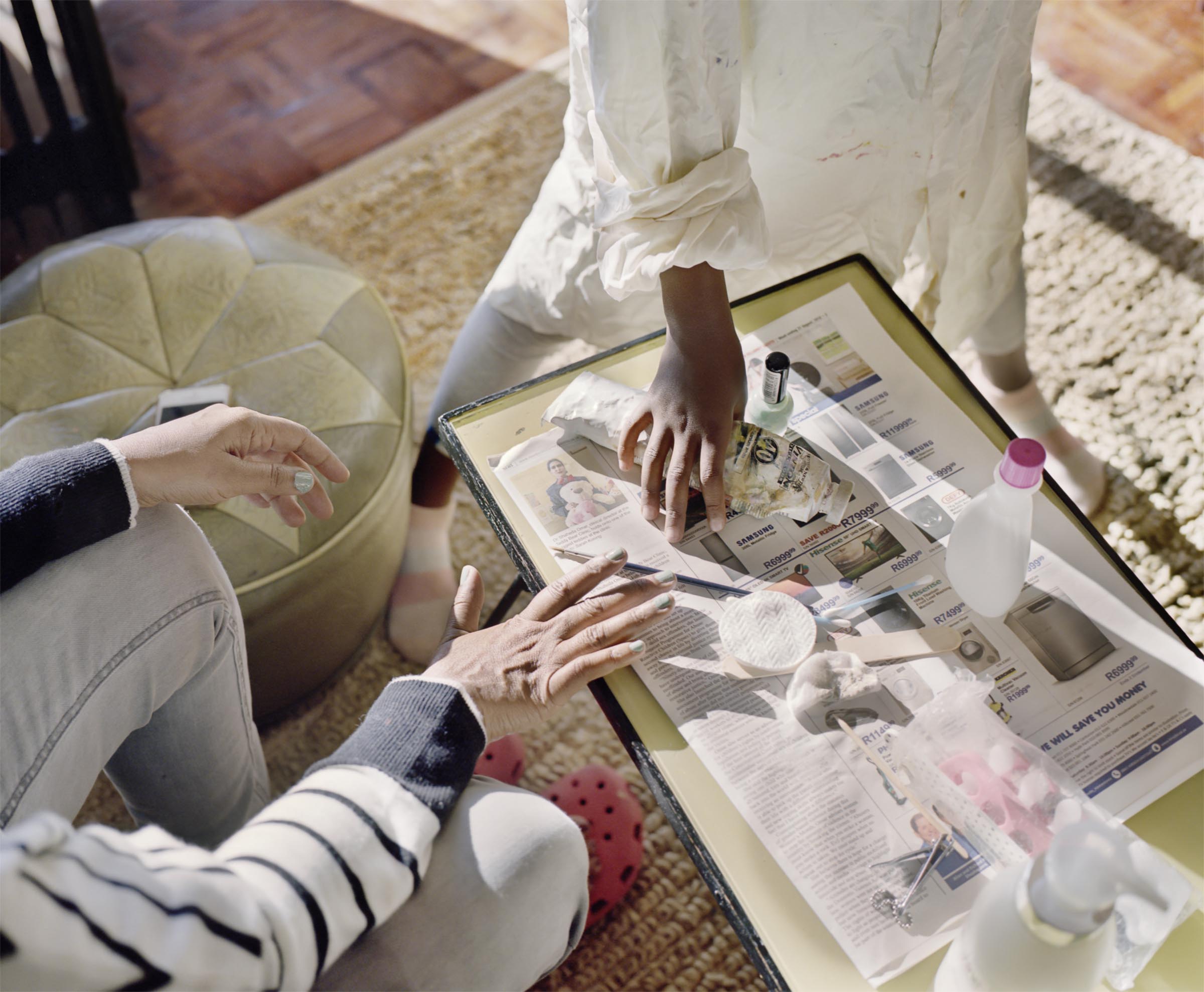

What inspired you to get started on this body of work?
I guess it’s something that has been sitting quietly and not so quietly with me for a long time. I’ve always been quite uncomfortable with the structures of patriarchy that I was raised with in Colombia. I am also fascinated by the artistic possibilities of upsetting images as both concept and form. And so I’ve exprimented with different appraches to this. Initially I was interested in a more ambivalent, somewhat observational approach. For example, in my book A Machete Pelao, I deal with masculinity within the context of violence in Colombia’s conflict, and the ambiguous nature of photography in relation to representations of violence. I also made an artist book where I used collage, ink and rebinding as forms to disrupt the white male gaze of colonialism and apartheid, in relation to the idea of photographs as “History” and their role in controlling narratives of the past. But a lot now comes from my work Like Stains of Red Dirt, where color became a way for me to address representations and the presence of historical and political undercurrents in my everyday life. I have thus moved to a much more intimate and self-reflexive approach. This I am developing now in a play between thinking of patriarchy, imagined memories, the immediacy of my surroundings, and even regrets.

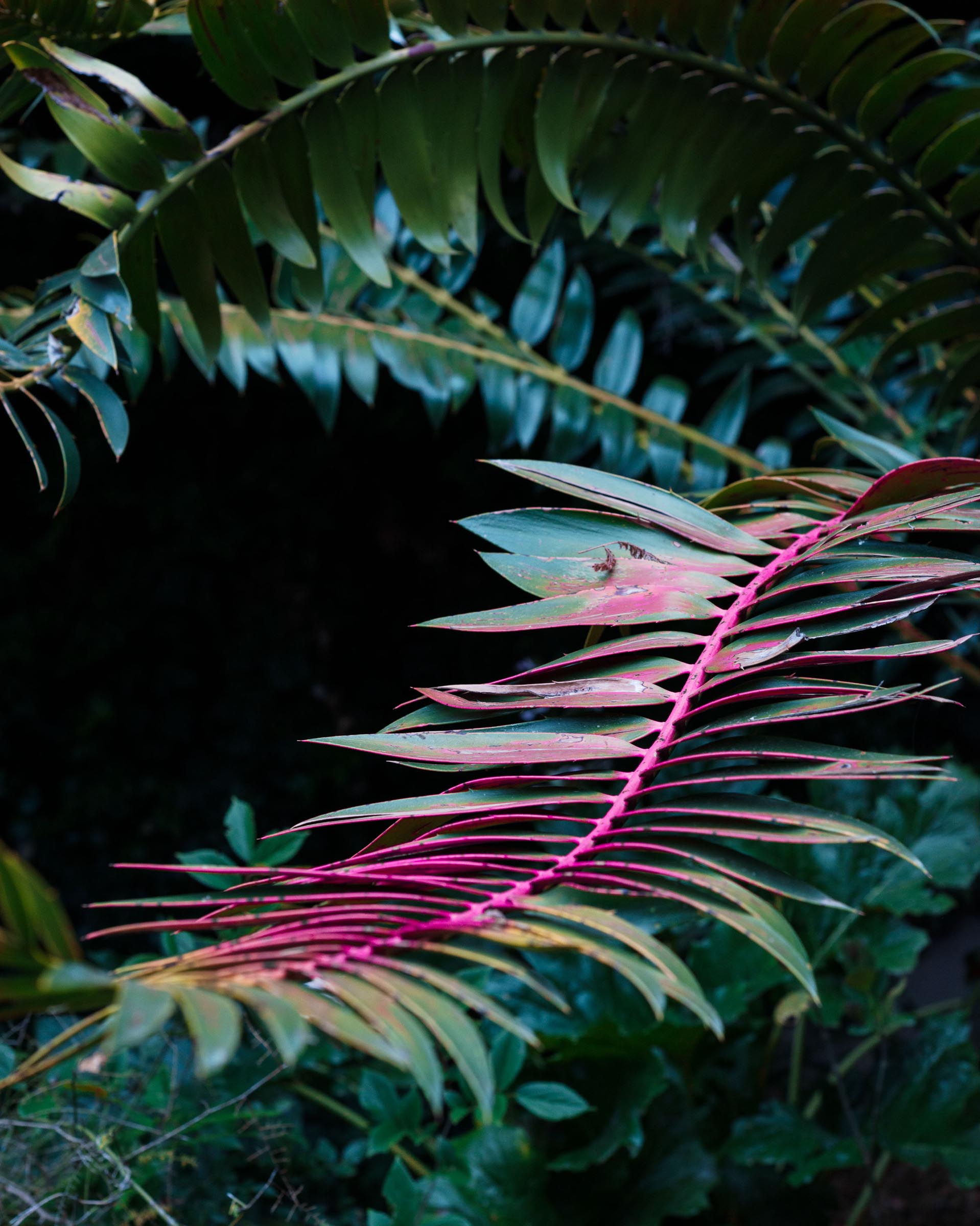
Do you work on distinct projects or do you take a broader approach to your practice?
It really depends. I think a lot of my works are basically different ways in which I see similar issues that interest me expressed in different ways. In that sense they are different “projects”. But to me they are full of overlaps, dialogues and frictions. Something that happened or I explored in one project might come up in a revised way in another and so forth.
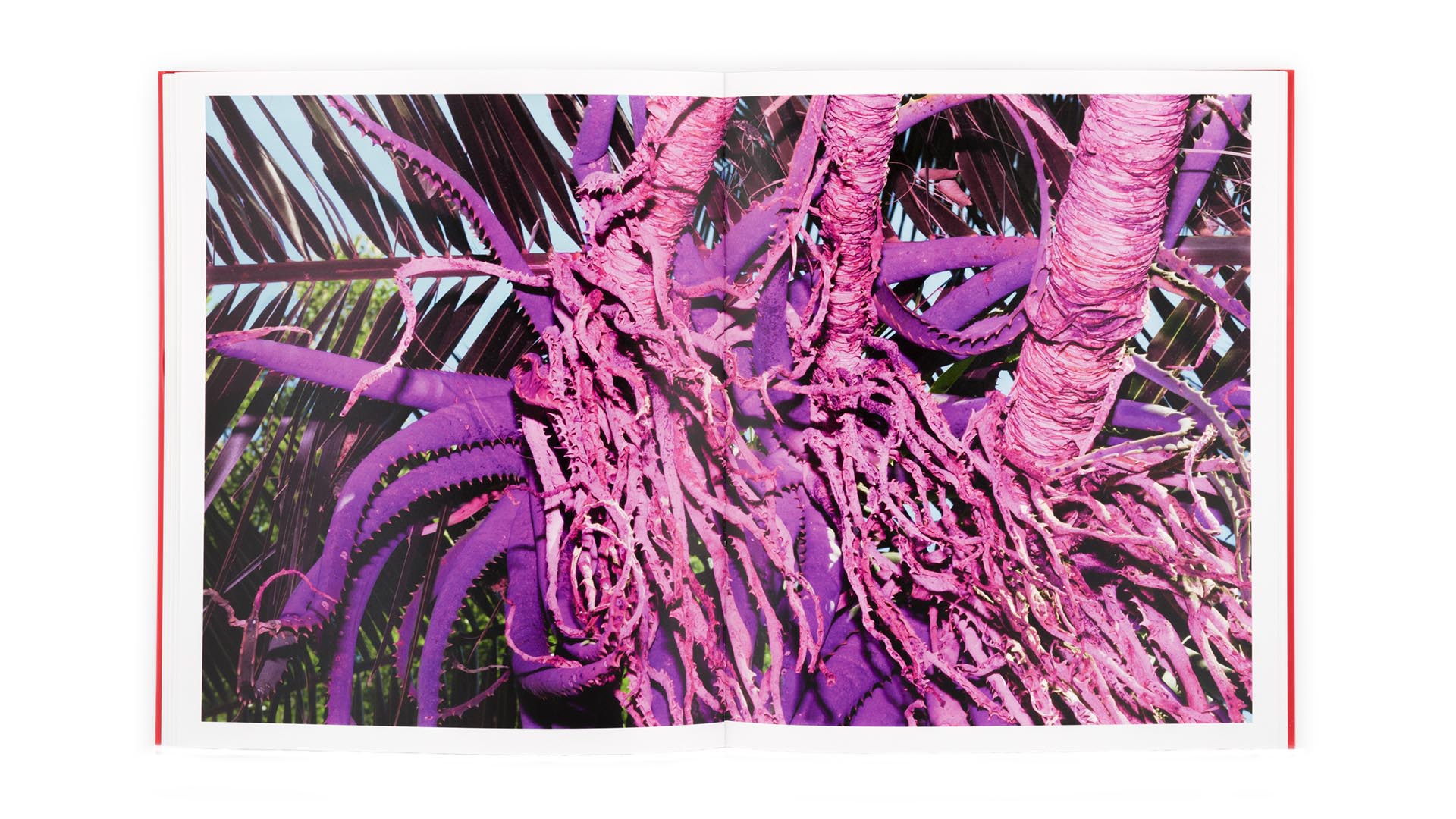
What’s a typical day like in your studio?
I now have a full time teaching job, so days change. But it really depends on where I am in a project. I do spend a lot of time sitting with my images, working on them, intervening them, playing around with them in different ways. In that sense I don’t shoot constantly, but work a lot on stuff I have accumulated. If I am in book making phase however, then pretty much my energy and focus is really all spent on that and this can be months where I am working only in different parts of the book. But I might still shoot something for another project in between.
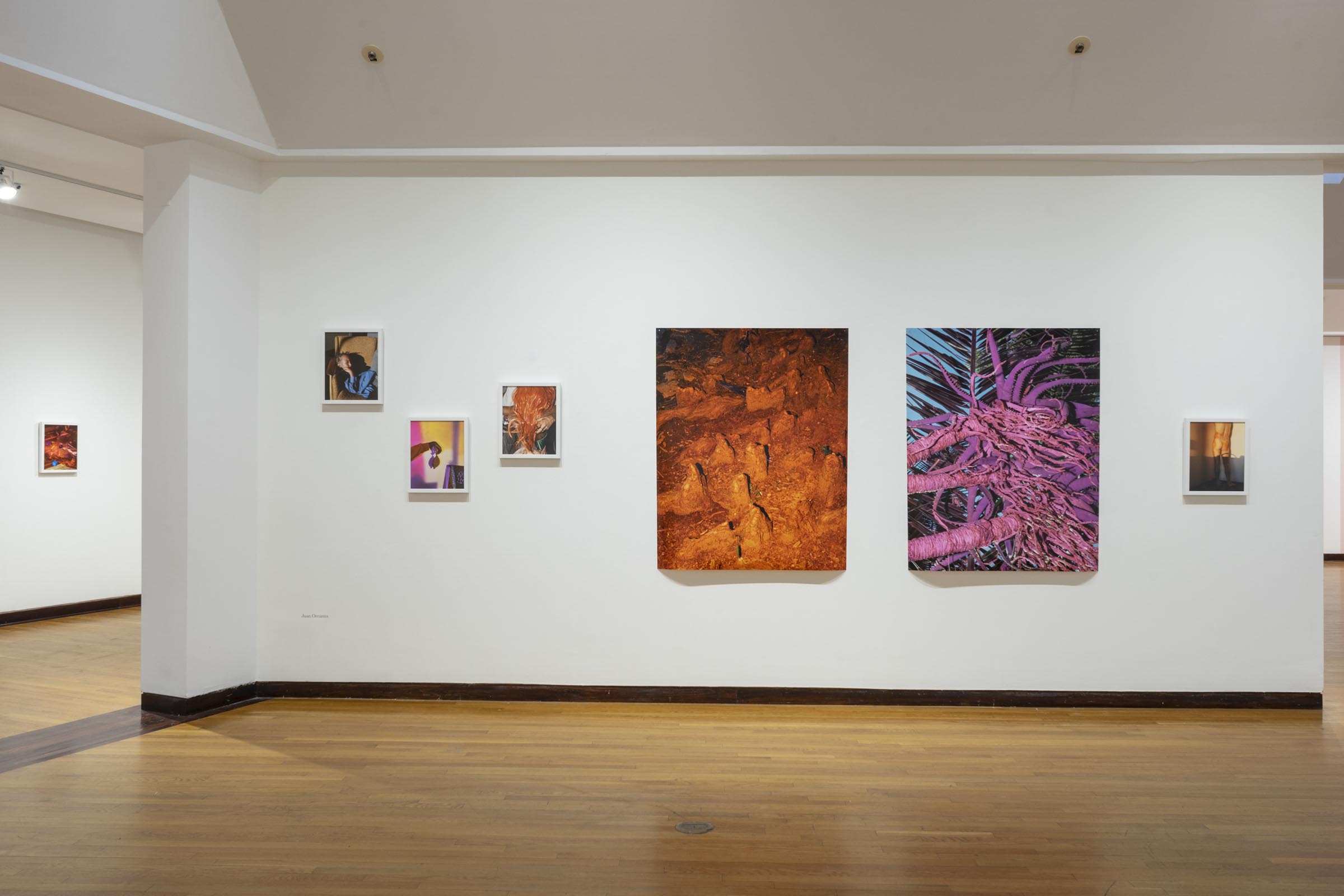

Who are your favorite artists?
Jo Ractliffe and Santu Mofokeng as well as many other photographers from South Africa have been great influences for me. Lieko Shiga allowed me to see color as more than surface and really opened my mind to it. Miyako Ishiuchi’s book Mother’s accompanies me always. And Sans Soleil, Chris Marker’s crazy, wonderful film, has been in the back and sometimes at the front of my ideas of images, photography and my work in general for many years.
Where do you go to discover new artists?
I didn’t go to many “new” shows in South Africa. Having said that, it’s always great to see new work by the people I already know. I feel seeing them evolve is such a great eye opener for me on many levels. Also, I do look a lot at photobooks. Unfortunately I see many of these mostly online which is really not the same, so when I can browse or buy in person, I do. And friends and colleagues are always great to get new references.
Learn more about the artist by visiting the following links:
